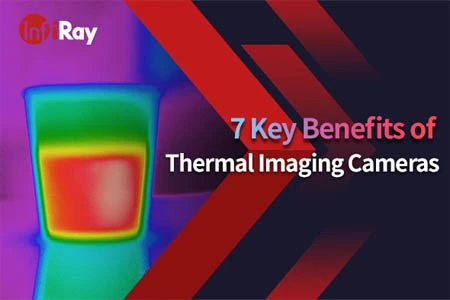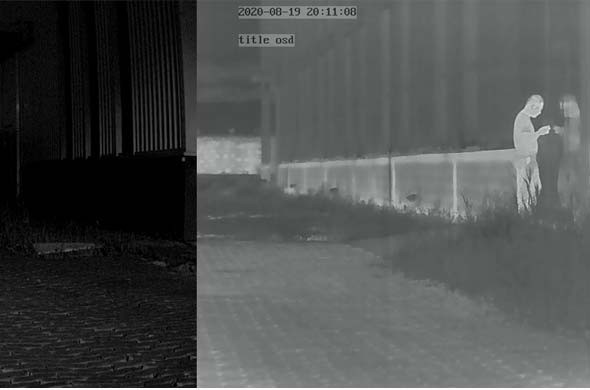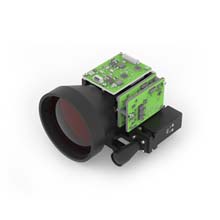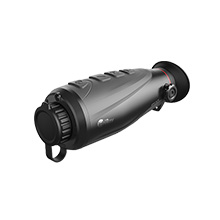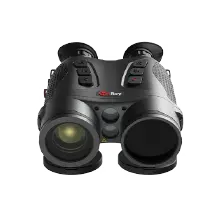Thermographic Camera in HVAC of Buildings
Ⅰ. About thermographic camera
Generally speaking, thermographic cameras convert the invisible infrared energy emitted by objects into visible thermal images. Different colors in the thermal image represent different temperatures of the object being measured. Due to the COVID-19 pandemic and its susceptibility, non-contact infrared thermometers and thermographic cameras are used in crowded places to identify people with suspected fever.
Ⅱ. Thermographic cameras in HVAC of Buildings
1. Locating leaks: A thermographic camera is a detection tool that can be used to quickly find and check for leaks in pipes. It can also inspect water pipes laid underneath floors or plasterboard. Thermographic cameras make it easy to learn about the real situation of the pipe heat radiating through surfaces.
2. Detect building structures: Thermographic cameras are the quickest and most effective detection tool for finding building defects. They can be used to check the quality of building structures and quickly display various problems such as heat loss, moisture and air leakage in visible color thermal images.
3. House drying: In order to speed up the drying process of the building, drying equipment is usually needed. The heat generated by the drying equipment will evaporate the moisture from the walls and other areas. Areas that are still wet can be easily detected by thermographic cameras and appear as "cold spots" in the infrared image.
4. Visualization of energy loss: Thermal gradient not only shows the location of energy loss within a house, but also leads to condensation or deposition of moisture in the air, which facilitates the growth of mold and thus affects the health of the occupants. Thermographic cameras can locate these problems quickly.
5. Secondary planning and quality assurance: Infrared technology is not only applicable for secondary planning, but also for quality assurance and daily inspection of buildings. We can monitor the drying process in the thermal image, and take necessary measures to accelerate the process. If the drying process is accelerated by thermographic cameras, and the complete dryness is verified by infrared images, it means faster delivery to the homeowner and a greater profit to the builder.
6. Detection of air leak spots: The common method is to detect the air exchange rate by using the "blower door". There will be negative pressure within the house during the process. At this moment, the pressure outside is greater than that inside, and air will get in through poorly sealed areas. Thermographic cameras can quickly detect flowing air, so that poorly sealed areas will be easily identified and the problem resolved before the next step is completed, preventing potential construction issues from becoming costly and tricky.








